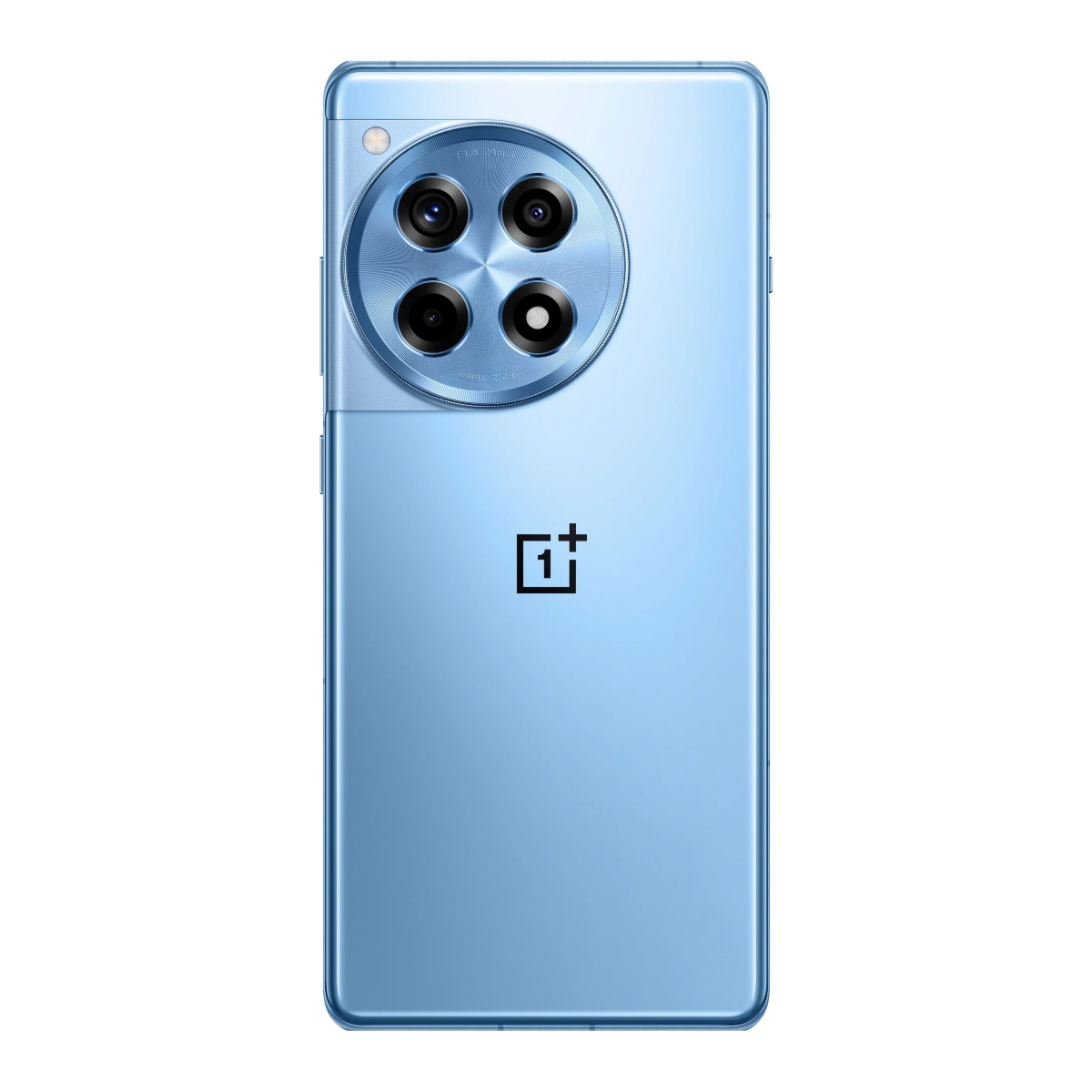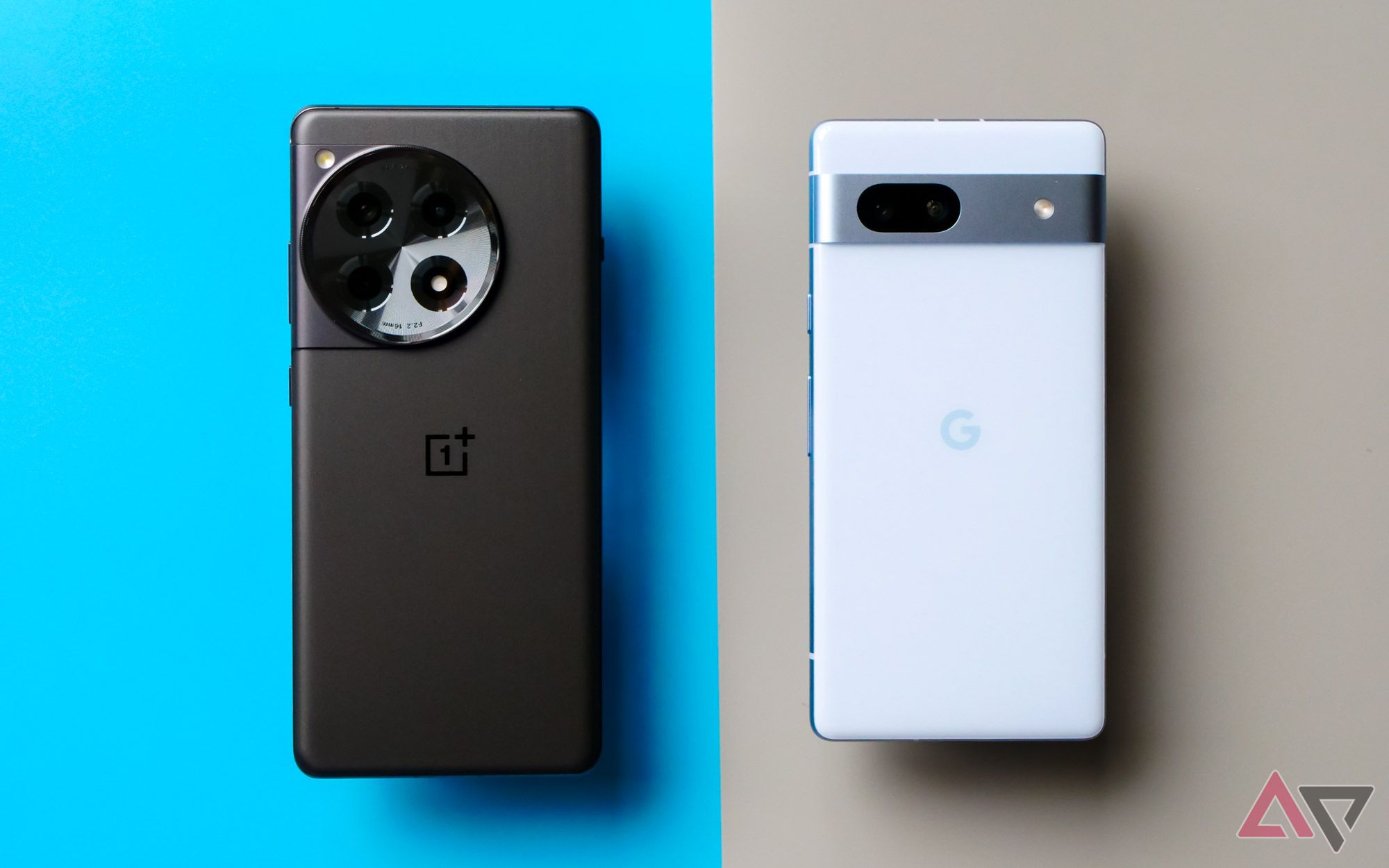We’re not even two months into 2024, but the OnePlus 12R feels like a lock for my favorite budget phone of the year. For just $500 — or less, if you’re willing to part with any old phone in your collection — OnePlus has crafted a device that feels up to par with the modern Android flagship experience in most ways. While the camera can’t quite compete with Google’s computational photography skills, everything from its speedy performance to the bright, high-quality display feels leagues beyond anything else in this price range.
Of course, that doesn’t mean this week’s launch came without a bucket of cold water. Right before the OnePlus 12R hit store shelves, the company had to apologize for listing incorrect storage speeds. Initially, OnePlus listed the 256GB model as using UFS 4.0 storage, while the 128GB model used UFS 3.1. As it turns out, every OnePlus 12R uses UFS 3.1 storage speeds, regardless of the tier you’ve selected.
Storage speeds matter — until they don’t
What kind of difference are we talking about here?
Now, I’m not here to defend OnePlus — the company can and should be held responsible for this error, and anyone who preordered the 256GB model specifically on the back of this incorrect specs sheet should get something in return for their troubles. While I truly don’t think the brand did this on purpose, I dislike being lied to as much as any other consumer out there — it makes you feel like a chump when you realize you’ve been played.
But as someone who has actually used and reviewed the OnePlus 12R, I think it’s worth noting that this correction doesn’t change my opinion on the device in any way whatsoever. I still think the 12R sets a new benchmark for phones in this price range, a first since the Pixel 6a in 2022. This isn’t just a good phone, it’s an important one, and I think letting a specs sheet mistake get in the way of this accomplishment misses the forest for the trees.
I don’t want to downplay the importance of UFS 4.0 speeds, of course. There’s a reason reviewers like myself have pushed for Samsung and Google to utilize newer storage technology in their respective smartphones: UFS 4.0 has read and write speeds around twice as fast as UFS 3.1. It’s a pretty noticeable difference, at least on paper.
At the same time, though, the moments where you’d expect those improved speeds to make a big difference are likely to be bottlenecked by other factors. For example, installing apps from the Play Store. Your data speeds — either through your home internet or over a cellular connection — are all but guaranteed to be below what UFS 4.0 supports. The same goes for those excruciatingly long downloads found in games like Genshin Impact. We aren’t talking about eMMC here — UFS 3.1 is still fast enough to handle most anything you could throw at it today.
Necessary compromises for this price point
OnePlus cut corners to hit $500 — what’s Google’s excuse?
Both on paper and as a daily driver, the OnePlus 12R still delivers a flagship-worthy device with just enough compromises to hit its target price point, and that should be celebrated. The Snapdragon 8 Gen 2 powering this thing is leagues more important to overall experience than faster UFS speeds, while the display is good enough to compete with phones twice its price. Aside from the curved glass, this panel is something I’d be happy to see on any device, regardless of price — something I can’t say about Google’s cheaper Pixels.
And if we’re focusing on storage speeds alone, let’s not pretend OnePlus is the only company still relying on UFS 3.1. While $1,000 flagships have more or less jumped on the UFS 4.0 train, cheaper devices are still right in line with the 12R. Last year’s $700 Pixel 8? It’s using UFS 3.1 storage speeds. What about its bigger, more expensive brother? The Pixel 8 Pro uses UFS 3.1 too, for double the price as OnePlus’ budget champ. And while most of this year’s Galaxy S24 series has made the jump to UFS 4.0, the smallest $800 Galaxy S24 has not.
All of this is to say that OnePlus has to cut corners on this sort of device somewhere. On a $500 smartphone, utilizing the same technology brands like Samsung and Google pack in on devices that cost twice as much just makes sense. If you don’t want to support OnePlus because of errors like this, that’s absolutely your prerogative — in fact, I’d argue you’re in the right to withhold your cash. But if you weren’t even aware of the mistake, it’s certainly not a reason to avoid checking out the OnePlus 12R.

OnePlus 12R
The OnePlus 12R might only support UFS 3.1 storage across both available tiers, but that doesn’t mean it’s not worth a look. With flagship-worthy performance and a top-tier display, this is still the best budget flagship available right now, and it’s hard to see that changing throughout 2024.
Source link



